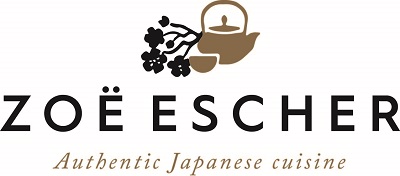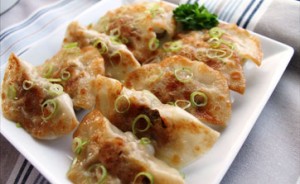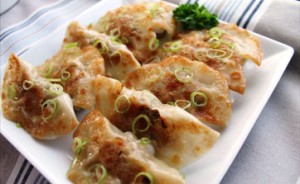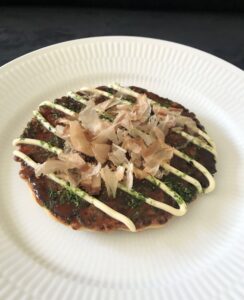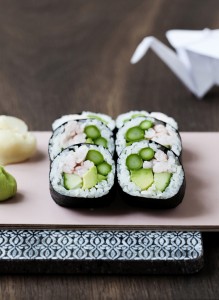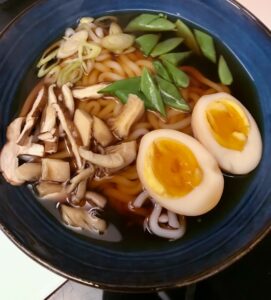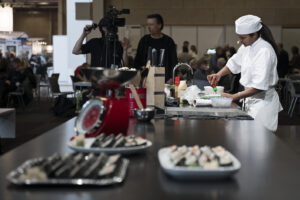
Sushi is a dish that tends to dry out easily if it is stored the wrong way.
All ingredients used in sushi are fresh and raw.
You know it from tomatoes. If you cut a tomato allow it to lie without being wrapped properly the surface will dry. The same thing happens with sushi. It does not taste very good.
What causes sushi to dry out easily is the direct contact with air.
Sushi should be stored in an airtight container. If that is not possible, let us say you bought sushi for a dinner and it takes up a lot of space in your fridge.
The next best thing to do is to wrap cling film tightly around the sushi so that no air gets in. It is important to wrap in such a way that the individual pieces of sushi do not break.
Sushi should always be eaten at room temperature. It tastes the best.
Approx. 15 minutes before you sit down to eat, you take the sushi out of the fridge and leave it on the kitchen table (without a lid).
You do not always have to buy sushi.
On the Sushi course for beginners, you learn step by step how to make tasty sushi for everyday use and parties.
Read more about Sushi course for beginners
_
Zoë has held sushi courses and cooking classes for A. P. Moller – Maersk, Hugo Boss Nordic, Novo Nordisk, Novartis, Velux, Gorrissen Federspiel, Beierholm revision, Elbek & Vejrup and many more.
